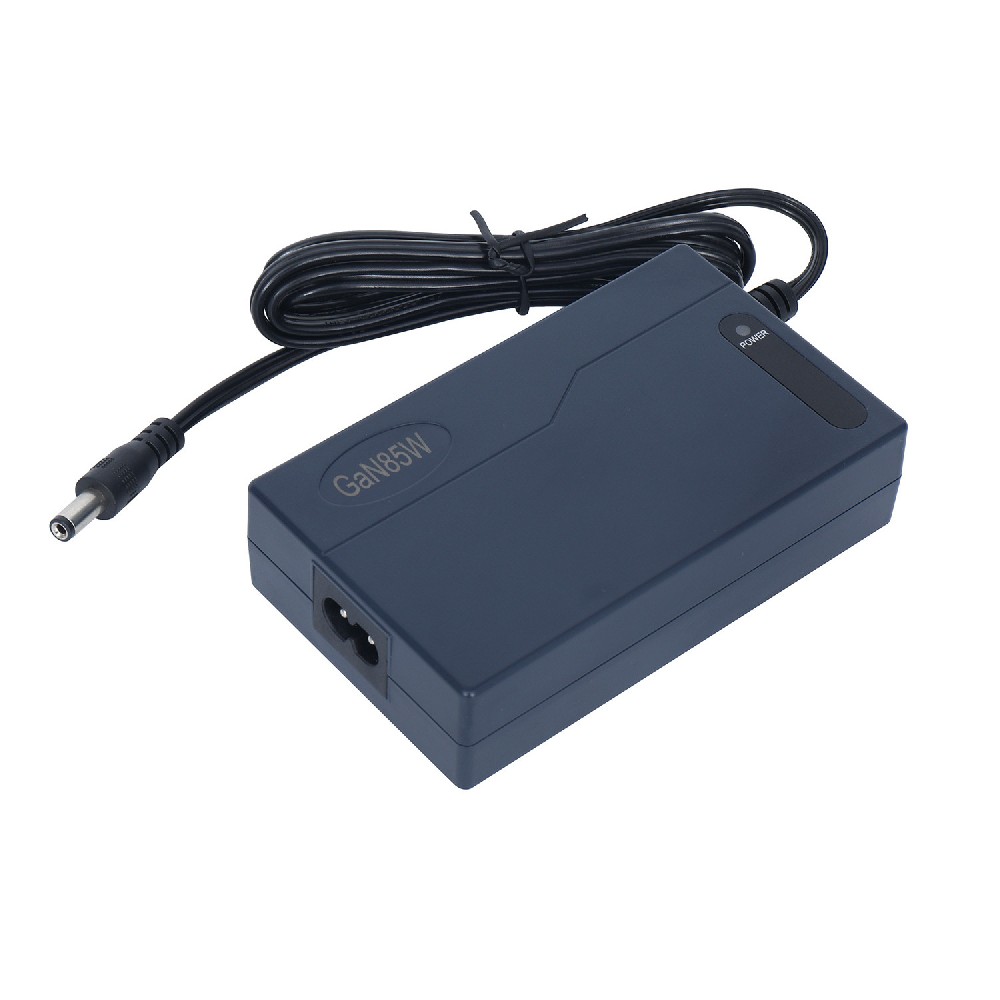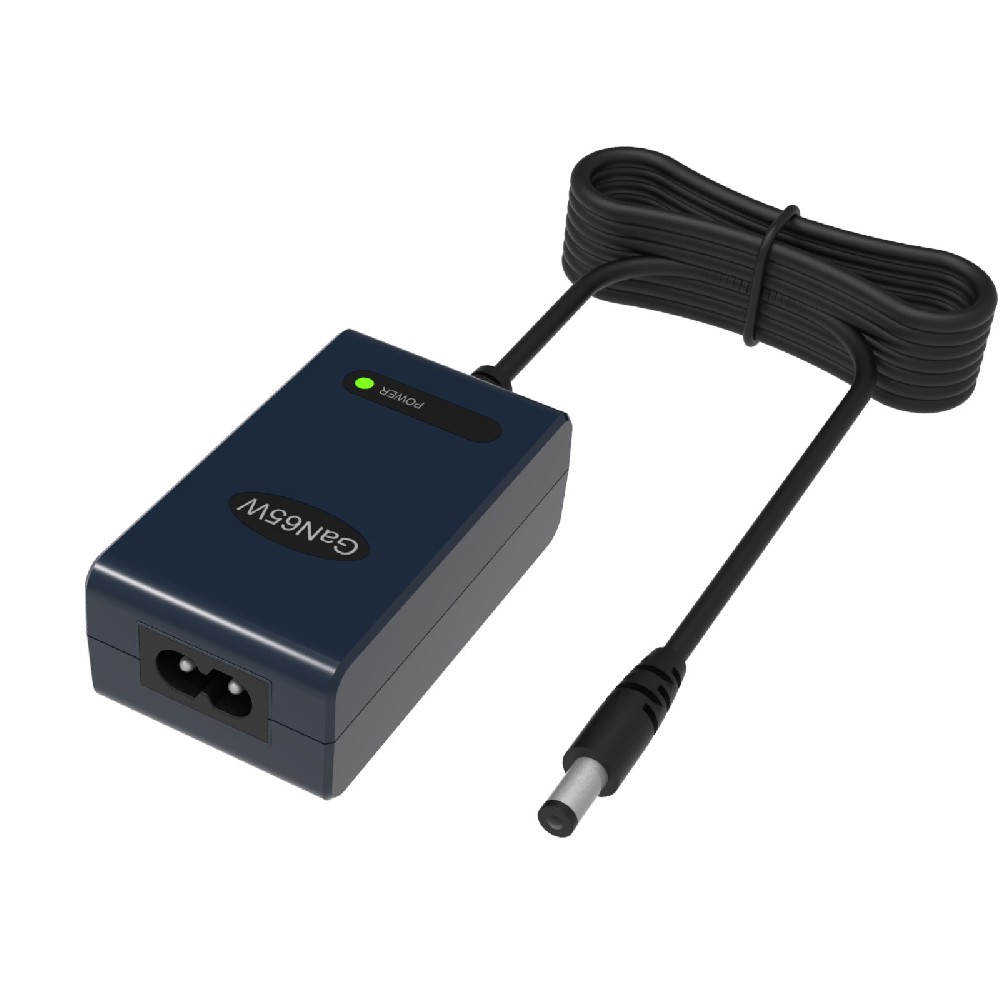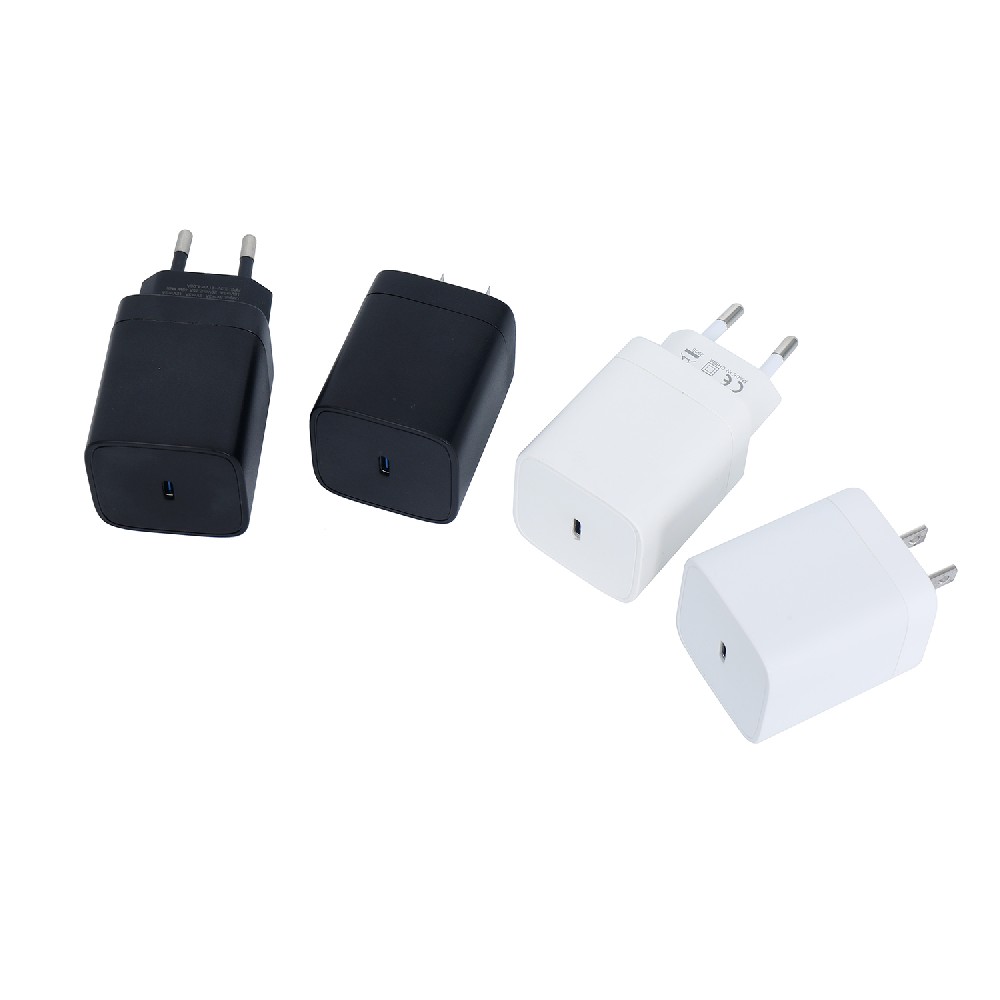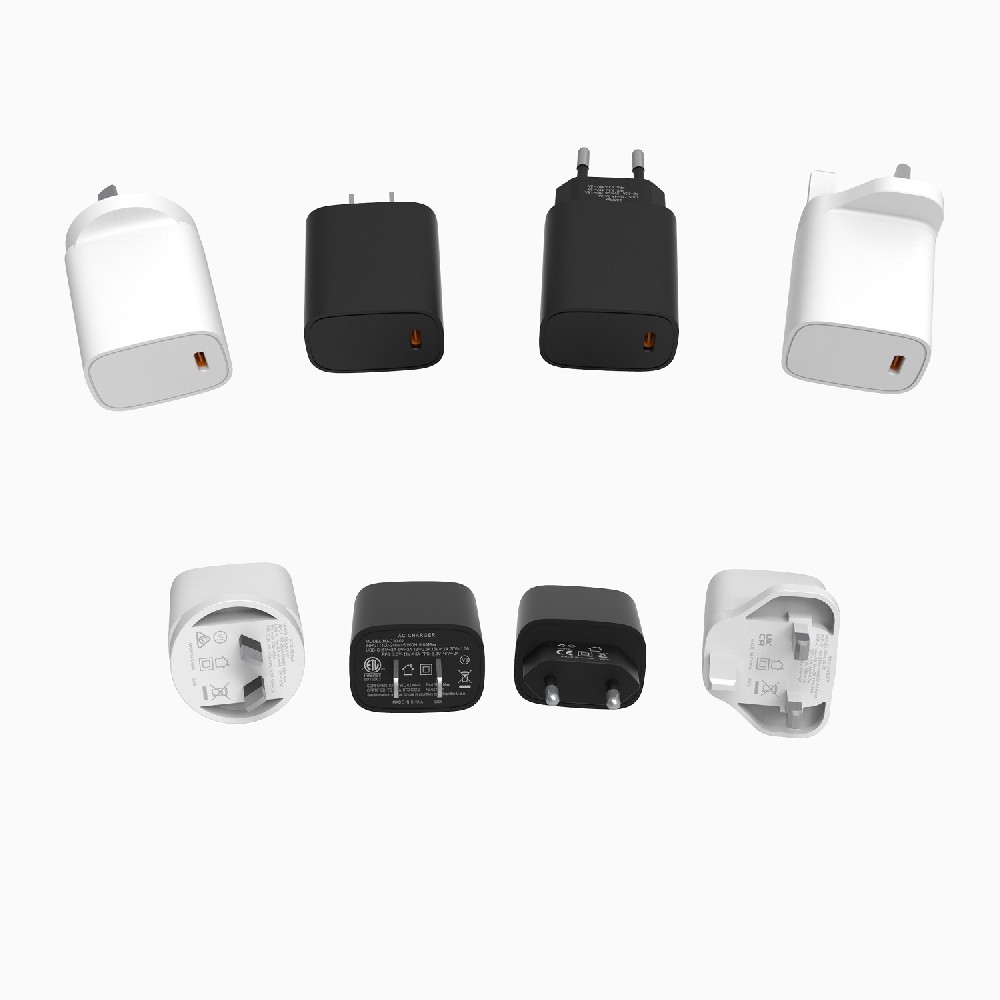Information Center
The Vital Importance of a Properly Functioning Battery Charger Circuit: Safely and Efficiently Charge Your Rechargeable Batteries with the Right Device
Published:2023-06-17 10:36:07 Author:Green WCND Views:25Battery Charger Circuit: How it works and Why it’s Important

A battery charger circuit is a device that is used to charge rechargeable batteries by supplying them with electrical energy. The process of charging a battery involves converting electrical energy from a power source, such as an electrical outlet, into chemical energy that is stored in the battery.

Battery charger circuits come in different types and sizes, but they all share the same basic components and function. The key components of a battery charger circuit are the power supply, rectifier, and the control circuit.

The power supply is responsible for supplying the necessary electrical energy to the battery charger circuit. This power supply can be either an external AC-DC adapter or a built-in rectifier circuit that converts AC voltage into DC voltage.
The rectifier circuit is used to convert AC voltage to DC voltage, which is needed to charge rechargeable batteries. This circuit can be either a full-wave or a half-wave rectifier, and the type used depends on the application and the desired charging rate.
The control circuit is the most important component of a battery charger circuit. This circuit controls the charging process by monitoring the battery’s voltage, temperature, and charging rate. The control circuit regulates the charging voltage and current to ensure that the battery is charged safely and efficiently.
The charging process of a battery charger circuit can be described as a three-stage process: the pre-charge stage, constant current stage, and constant voltage stage.
In the pre-charge stage, the control circuit applies a low charging current to the battery. This low current is used to activate the battery and prepare it for the charging process. During this stage, the battery’s voltage slowly increases.
In the constant current stage, the control circuit applies a constant current to the battery until its voltage reaches a specific threshold. At this point, the voltage of the battery starts to increase rapidly.
Finally, in the constant voltage stage, the control circuit maintains a constant voltage across the battery terminals until the battery is fully charged. The charging rate is gradually reduced until the battery is fully charged, which is indicated by the control circuit.
Battery charger circuits are important because they ensure that rechargeable batteries are charged safely and efficiently. Incorrect charging can damage the battery, reduce its capacity, and shorten its lifespan. A good battery charger circuit should have safety features, such as overcharge protection, over-discharge protection, and short circuit protection, to ensure that the battery is charged safely.
In conclusion, battery charger circuits are essential devices that ensure rechargeable batteries are charged safely and efficiently. With the different types and sizes available, they are used in various applications such as mobile phones, laptops, electric vehicles, and other electronic devices that use rechargeable batteries. Choosing the right battery charger circuit is essential to ensure the longevity of your batteries, and most importantly, your devices.
Battery testers of different voltages exhibit significant differences in several aspects, and a 12V battery tester is primarily used for testing a range of spec···
Battery Testers (battery capacity testers/battery detectors) indeed come in various types tailored for different products. These different types of battery test···
The advantages and disadvantages of battery testers are as follows:AdvantagesFlexibility:Battery testers can accommodate various testing modes, making them adap···
Understanding the testing accuracy of golf cart battery testers is crucial for ensuring the precision of test results. Here are some methods to assess the testi···





